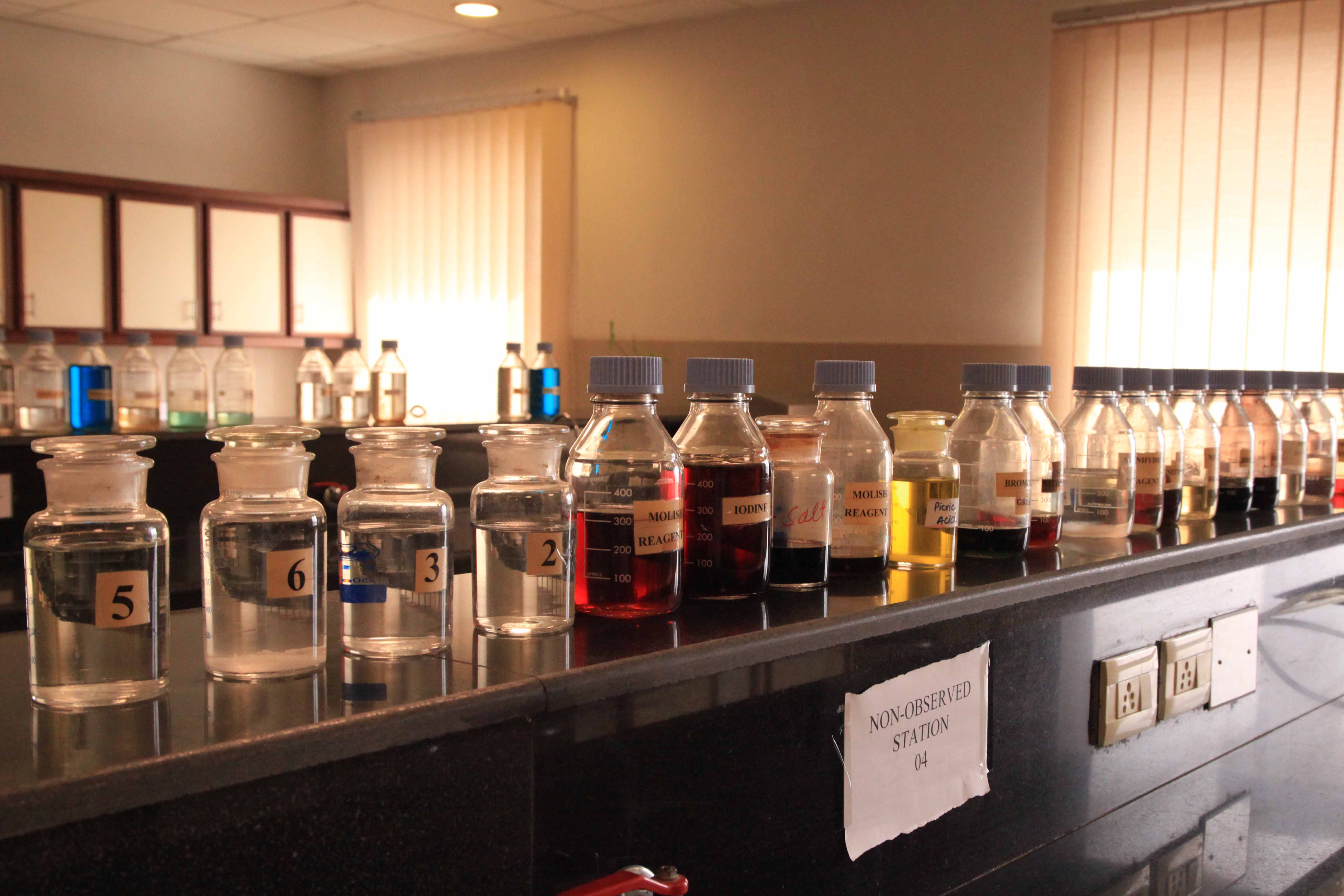It has been seen frequently in our past that chance events have significantly shaped our history. What if Franz Ferdinand’s driver had not taken a wrong turn? Would World War I have ever been fought? Would Hitler have been able to rise to power in the following decades?
Historians are limited to speculating on what could have been, but a team of evolutionary biologists has been studying ancient proteins, which has turned what was once speculation into an experiment. The researchers have managed to resurrect an ancient ancestor of a crucial human protein in the same form as it existed millions of years ago and have proceeded to use biochemical methods to generate and characterize a large number of alternative histories that could have originated from that ancient starting point.

In tracing these alternative evolutionary paths, the team of researchers discovered that the protein- the cellular receptor for the stress hormone cortisol- could not have evolved to the function it employs today without experiencing two enormously unlikely mutations. These ‘permissive’ mutations had no effect on the protein’s function, however without them the protein would be unable to endure the later mutations that allowed it to evolve its sensitivity to cortisol. In analyzing thousands of alternative histories, the researches were unable to discover any alternative permissive mutations that would have permitted the protein’s modern-day task to evolve. The researchers describe their findings on June 16th, online in Nature.
“This very important protein exists only because of a twist of fate,” said study senior author Joe Thornton, PhD, professor of ecology & evolution and human genetics at the University of Chicago. “If our results are general – and we think they probably are – then many of our body’s systems work as they do because of very unlikely chance events that happened in our deep evolutionary past,” he added.
Thornton specializes in ancestral protein reconstruction, a technique that uses gene sequencing and computational methods to travel back through the evolutionary tree and predict the likely sequences of proteins that existed deep in our past. Through the use of biochemical methods, ancient proteins can be synthesized and introduced into living organisms in order to gain a better understanding of their function.
Thornton and others have previously displayed that the evolution of modern-day proteins required permissive mutations in the past. However, there has never been an investigation into the amount of possible permissive mutations that could have happened. It therefore remains unknown how improbable it is that evolution discovered a permissive pathway to a modern function.
In attempting to answer this question, Thornton and co-author Michael Harms, PhD, of the University of Oregon concentrated on the glucocorticoid receptor (GR), a key protein in the endocrine system that regulates development and stress responses in response to the hormone cortisol.
Thornton and Harms tested a wide variety of variants but found that none restored the function of GR, except those that actually occurred. “Among the huge numbers of alternate possible histories, there were no other permissive mutations that could have opened an evolutionary path to the modern-day GR,” Thornton said.
In their study of the effects of mutations on the ancient’s protein’s physical structure, Harms and Thornton also displayed why permissive mutations are so uncommon. To wield a permissive effect, a mutation had to stabilize a specific portion of the protein-the same part destabilized by the function-switching mutations-without stabilizing other regions or otherwise disrupting the structure. Their study brought forward that very few mutations have the ability to satisfy all these narrow constraints.
“These results show that contingency—the influence of chance events on the way evolution unfolds—is built into the atomic structure of molecules,” said Irene Eckstrand, Ph.D., of the National Institutes of Health’s National Institute of General Medical Sciences. “If the results hold true for other systems, this will be a highly significant contribution to our understanding of exactly how proteins can evolve new functions—a process that accounts for the diversity of life and the origins of genetic variation.”
While most of the previous discussions of historical contingency in evolution have concentrated on external events like asteroid impacts, mass extinctions and climate change, Thornton and Harms have been able to demonstrate that the intrinsic complexity of protein as physical objects also enables evolution to be dependent strongly on low-probability chance events.
“It’s very exciting to have been able to directly study alternative ancient histories,” Thornton said. “If evolutionary history could be relaunched from ancestral starting points, we would almost certainly end up with a radically different biology from the one we have now. Unpredictable genetic events are constantly opening paths to some evolutionary outcomes and closing the paths to others, all within the biochemical systems of our cells.”
Contributing Source: University of Chicago Medical Center
Header Image Source: WikiPedia






